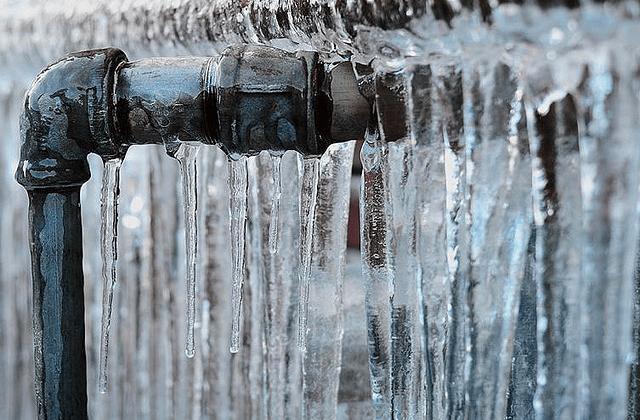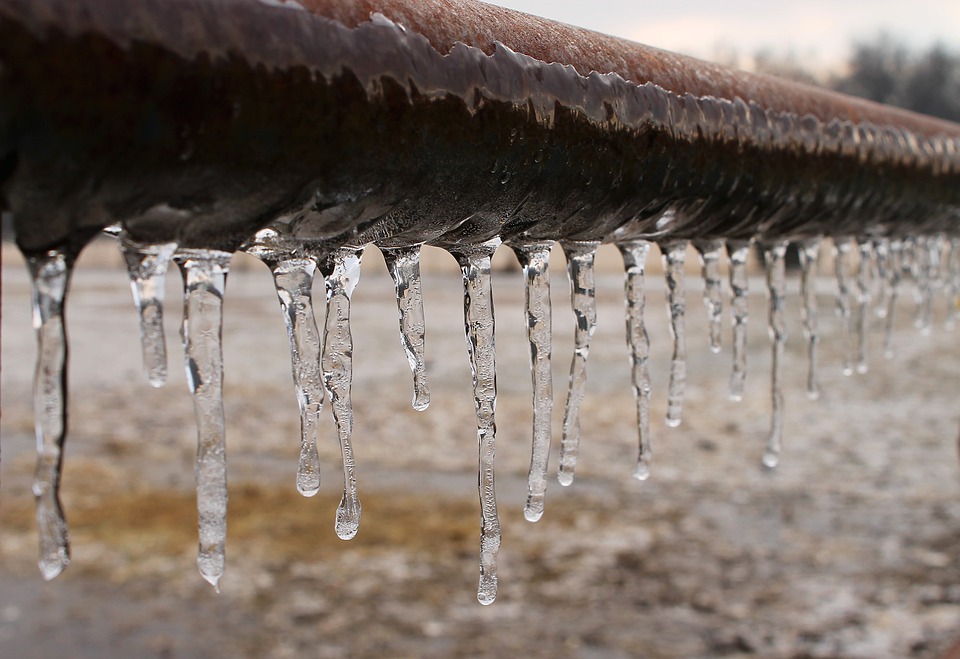Tips to Protect Pipes from Freezing: Professional Guidance
Tips to Protect Pipes from Freezing: Professional Guidance
Blog Article
What're your concepts about How to Prevent Your Pipes From Freezing?

Cold weather can damage your plumbing, particularly by freezing pipes. Below's just how to stop it from occurring and what to do if it does.
Intro
As temperatures decrease, the danger of icy pipes boosts, potentially leading to expensive repairs and water damage. Understanding exactly how to avoid frozen pipelines is vital for property owners in cold environments.
Comprehending Icy Pipes
What creates pipes to freeze?
Pipelines freeze when revealed to temperatures listed below 32 ° F (0 ° C) for prolonged durations. As water inside the pipes ices up, it expands, putting pressure on the pipe walls and possibly triggering them to break.
Risks and damages
Icy pipelines can result in water disruptions, residential property damages, and expensive repair work. Ruptured pipelines can flooding homes and create substantial structural damages.
Indicators of Frozen Pipeline
Determining frozen pipes early can prevent them from bursting.
How to identify frozen pipelines
Look for decreased water circulation from taps, uncommon odors or noises from pipelines, and visible frost on subjected pipelines.
Avoidance Tips
Shielding prone pipelines
Wrap pipelines in insulation sleeves or use warm tape to protect them from freezing temperature levels. Focus on pipes in unheated or external areas of the home.
Home heating methods
Maintain interior rooms sufficiently heated up, specifically areas with pipes. Open cupboard doors to allow warm air to flow around pipes under sinks.
Securing Outside Plumbing
Garden hoses and exterior faucets
Separate and drain pipes garden hose pipes prior to winter season. Mount frost-proof spigots or cover outside taps with protected caps.
What to Do If Your Pipelines Freeze
Immediate activities to take
If you think frozen pipes, keep taps open up to relieve stress as the ice melts. Make use of a hairdryer or towels taken in hot water to thaw pipes slowly.
Long-Term Solutions
Structural changes
Take into consideration rerouting pipes far from exterior wall surfaces or unheated areas. Include additional insulation to attic rooms, basements, and crawl spaces.
Upgrading insulation
Purchase high-grade insulation for pipelines, attics, and wall surfaces. Correct insulation aids preserve consistent temperature levels and minimizes the risk of icy pipes.
Conclusion
Preventing frozen pipelines calls for positive actions and fast actions. By recognizing the reasons, signs, and preventive measures, property owners can safeguard their pipes throughout winter.
5 Ways to Prevent Frozen Pipes
Drain Outdoor Faucets and Disconnect Hoses
First, close the shut-off valve that controls the flow of water in the pipe to your outdoor faucet. Then, head outside to disconnect and drain your hose and open the outdoor faucet to allow the water to completely drain out of the line. Turn off the faucet when done. Finally, head back to the shut-off valve and drain the remaining water inside the pipe into a bucket or container. Additionally, if you have a home irrigation system, you should consider hiring an expert to clear the system of water each year.
Insulate Pipes
One of the best and most cost-effective methods for preventing frozen water pipes is to wrap your pipes with insulation. This is especially important for areas in your home that aren’t exposed to heat, such as an attic. We suggest using foam sleeves, which can typically be found at your local hardware store.
Keep Heat Running at 65
Your pipes are located inside your walls, and the temperature there is much colder than the rest of the house. To prevent your pipes from freezing, The Insurance Information Institute suggests that you keep your home heated to at least 65 degrees, even when traveling. You may want to invest in smart devices that can keep an eye on the temperature in your home while you’re away.
Leave Water Dripping
Moving water — even a small trickle — can prevent ice from forming inside your pipes. When freezing temps are imminent, start a drip of water from all faucets that serve exposed pipes. Leaving a few faucets running will also help relieve pressure inside the pipes and help prevent a rupture if the water inside freezes.
Open Cupboard Doors
Warm your kitchen and bathroom pipes by opening cupboards and vanities. You should also leave your interior doors ajar to help warm air circulate evenly throughout your home.

Do you really like more info about Helpful Tips to Prevent Frozen Pipes this Winter? Create a short review directly below. We'd be happy to see your suggestions about this entry. In hopes to see you back again before long. In case you enjoyed reading our blog post please remember to pass it around. Thank you for your time. Please come visit our website back soon.
Request A Quote Report this page